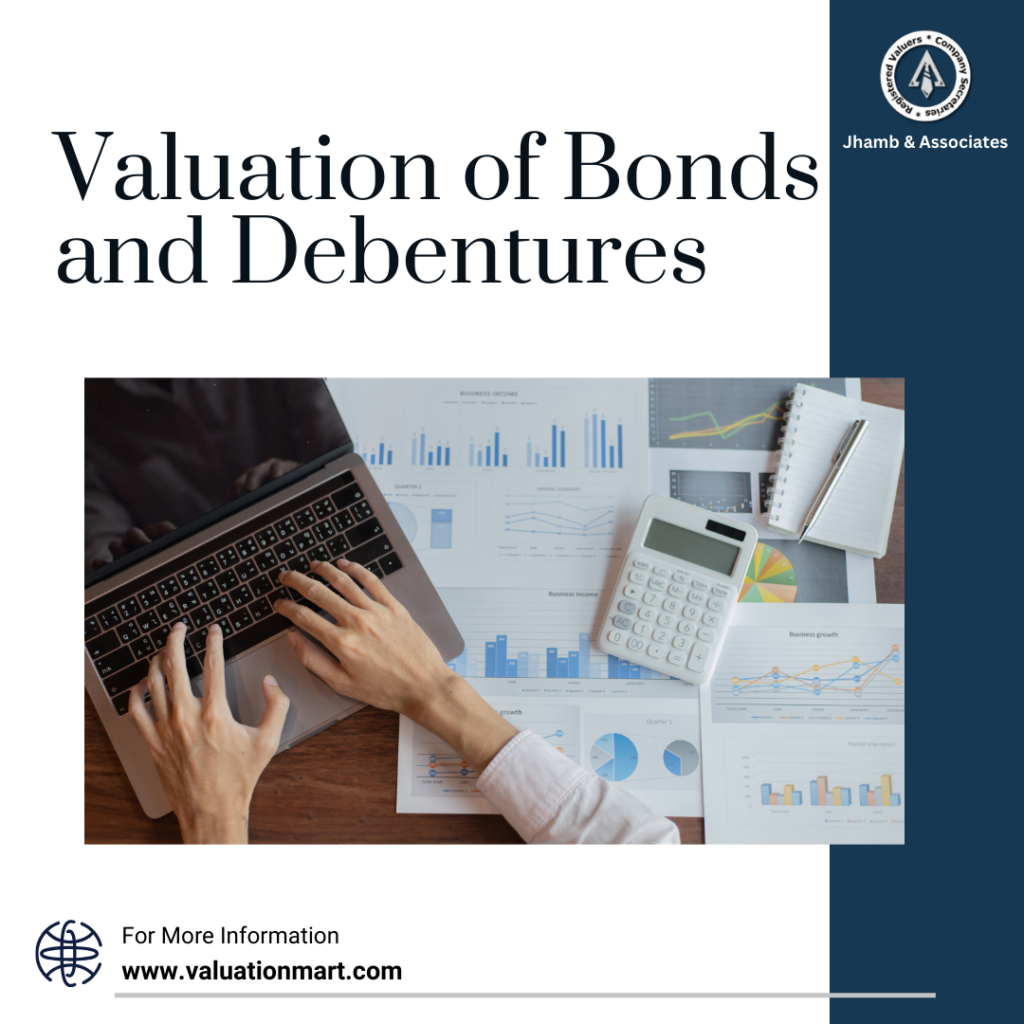Fixed income securities, including bonds, are an essential component of investment portfolios, offering predictable returns and lower risk than equities. Fixed income securities valuation is crucial for investors to assess the worth of these instruments accurately. Various methods exist to evaluate these securities, each considering factors such as interest rates, risk, and market conditions. This article explores the key methods used in bond investment analysis to determine the fair value of fixed income securities.
1. Present Value of Future Cash Flows
One of the most fundamental techniques in fixed income securities valuation is discounting the bond’s future cash flows to the present. This method considers the periodic coupon payments and the face value of the bond, discounted at the required rate of return or the yield to maturity (YTM).
The formula used for valuation is:
P=∑C(1+r)t+F(1+r)TP = \sum \frac{C}{(1 + r)^t} + \frac{F}{(1 + r)^T}
where:
- PP = Present value of the bond
- CC = Coupon payment
- rr = Discount rate (YTM)
- FF = Face value of the bond
- tt = Each period until maturity
- TT = Total number of periods
2. Yield to Maturity (YTM) Approach
YTM is the internal rate of return (IRR) for a bond held until maturity, assuming all coupon payments are reinvested at the same rate. It provides a comprehensive measure of a bond’s profitability and helps in bond investment analysis. Investors use YTM to compare bonds with different maturities and coupon rates.
The YTM is derived by solving the present value equation iteratively, as there is no direct formula. This approach helps investors decide whether the bond is trading at a premium, discount, or par value.
3. Yield Spread Analysis
Yield spread analysis compares the yield of a particular bond to a benchmark, such as government securities. The spread reflects the credit risk and liquidity differences between the securities. This method is widely used in bond investment analysis to assess risk-adjusted returns.
The yield spread is calculated as:
Yield Spread=Bond Yield−Benchmark Yield\text{Yield Spread} = \text{Bond Yield} – \text{Benchmark Yield}
A higher spread indicates higher risk, while a lower spread suggests a safer investment.
4. Duration and Convexity Analysis
Duration measures a bond’s sensitivity to changes in interest rates, helping investors understand price volatility. Modified duration estimates the percentage change in bond price due to a 1% change in interest rates.
Convexity refines duration analysis by considering the curvature in the price-yield relationship. It helps in assessing the impact of larger interest rate changes on bond prices.
- Macaulay Duration is the weighted average time to receive the bond’s cash flows.
- Modified Duration adjusts Macaulay duration to measure price sensitivity.
5. Market Pricing and Comparable Bond Analysis
Another method in fixed income securities valuation is comparing a bond to similar securities in the market. This approach, known as relative valuation, considers factors like:
- Coupon rate
- Maturity period
- Credit rating
- Market demand and liquidity
This method is commonly used by investment firms such as Valuation Mart, which specialize in determining fair bond prices by analyzing market trends and economic conditions.
6. Option-Adjusted Spread (OAS) Model
For bonds with embedded options, such as callable or puttable bonds, traditional valuation methods may not be sufficient. The OAS model adjusts the spread to account for the value of embedded options, providing a more accurate valuation.
The OAS method uses binomial or Monte Carlo simulations to assess how interest rate changes affect the bond’s price and embedded options.
Conclusion
Understanding the key methods of fixed income securities valuation is essential for effective bond investment analysis. From discounting future cash flows to assessing yield spreads, duration, and convexity, each method provides valuable insights into bond pricing and risk assessment. Investors should use a combination of these techniques to make informed investment decisions and optimize their fixed-income portfolios.


